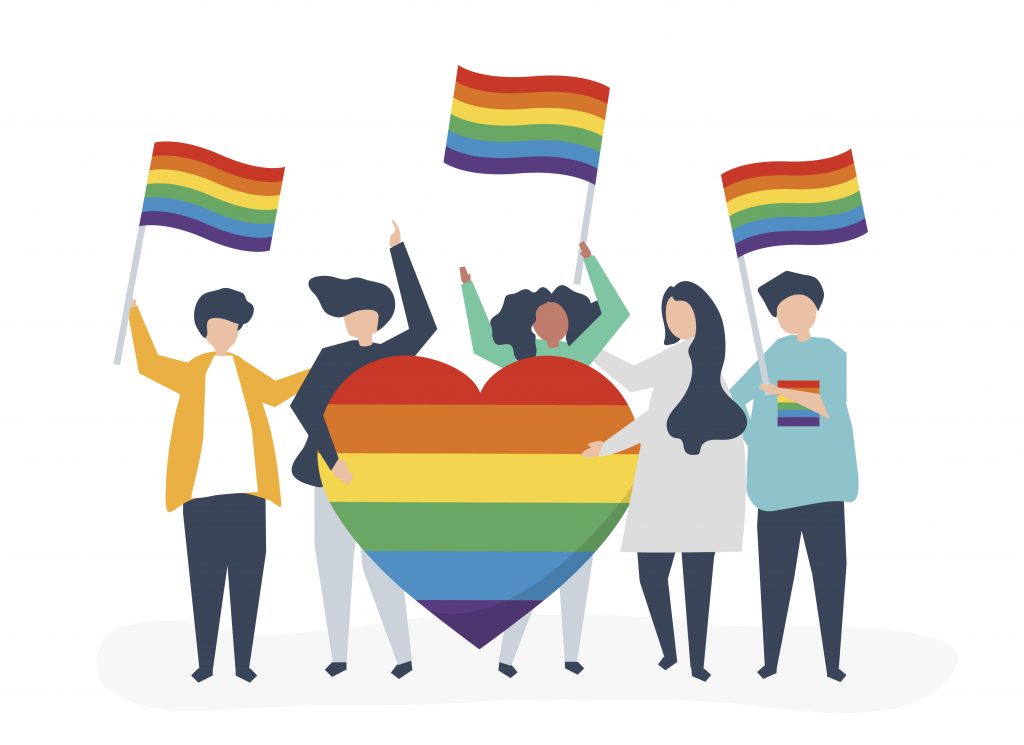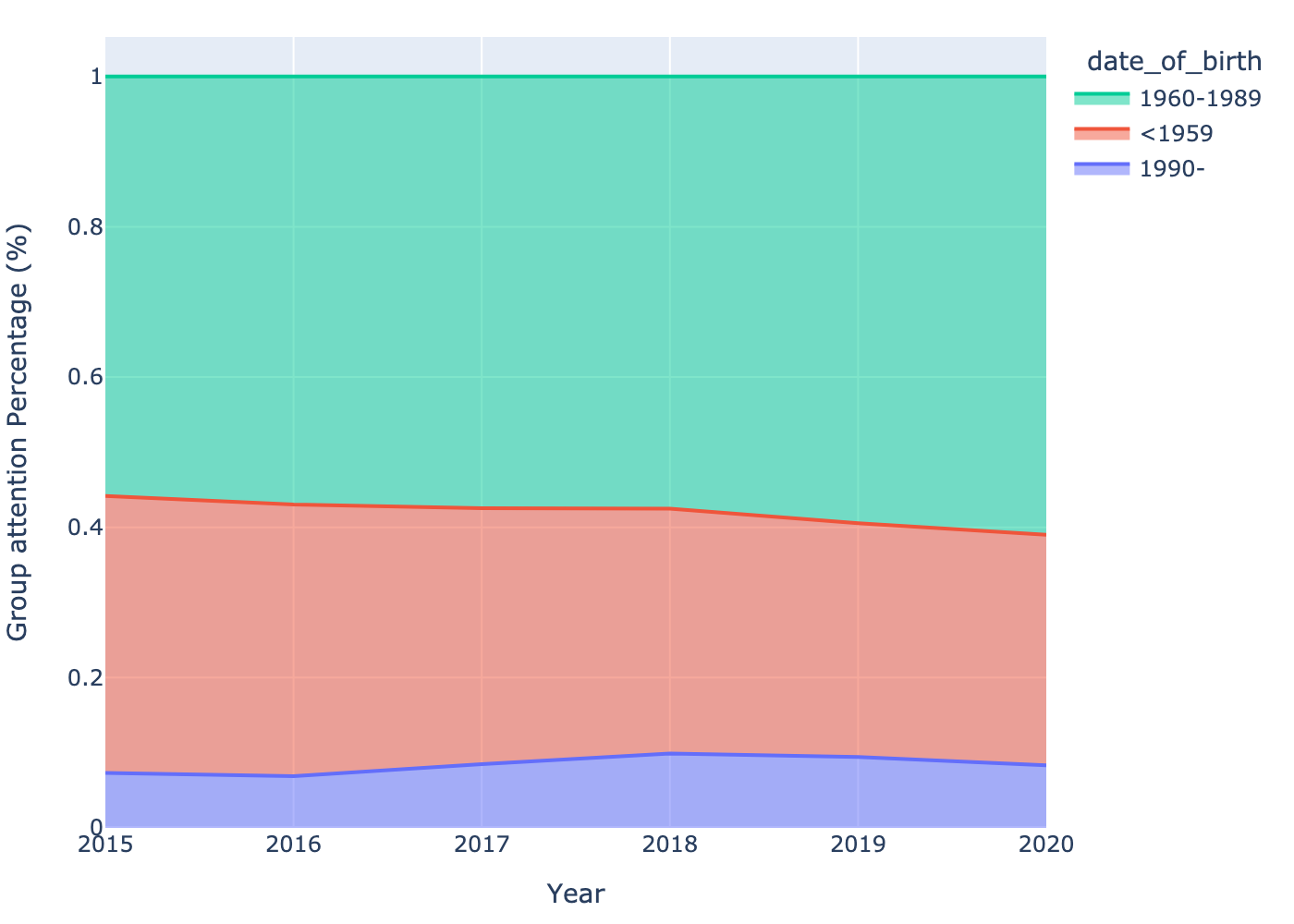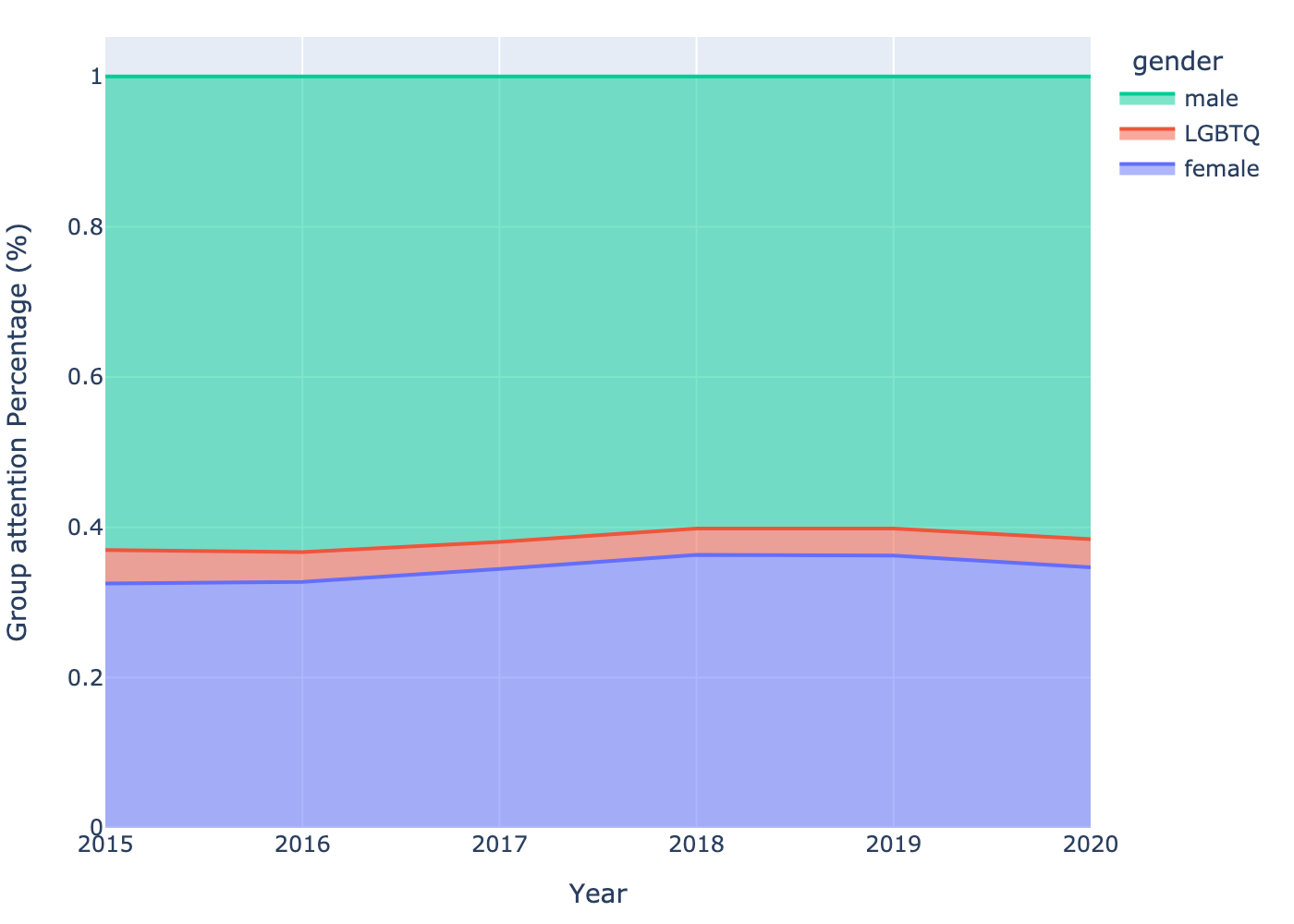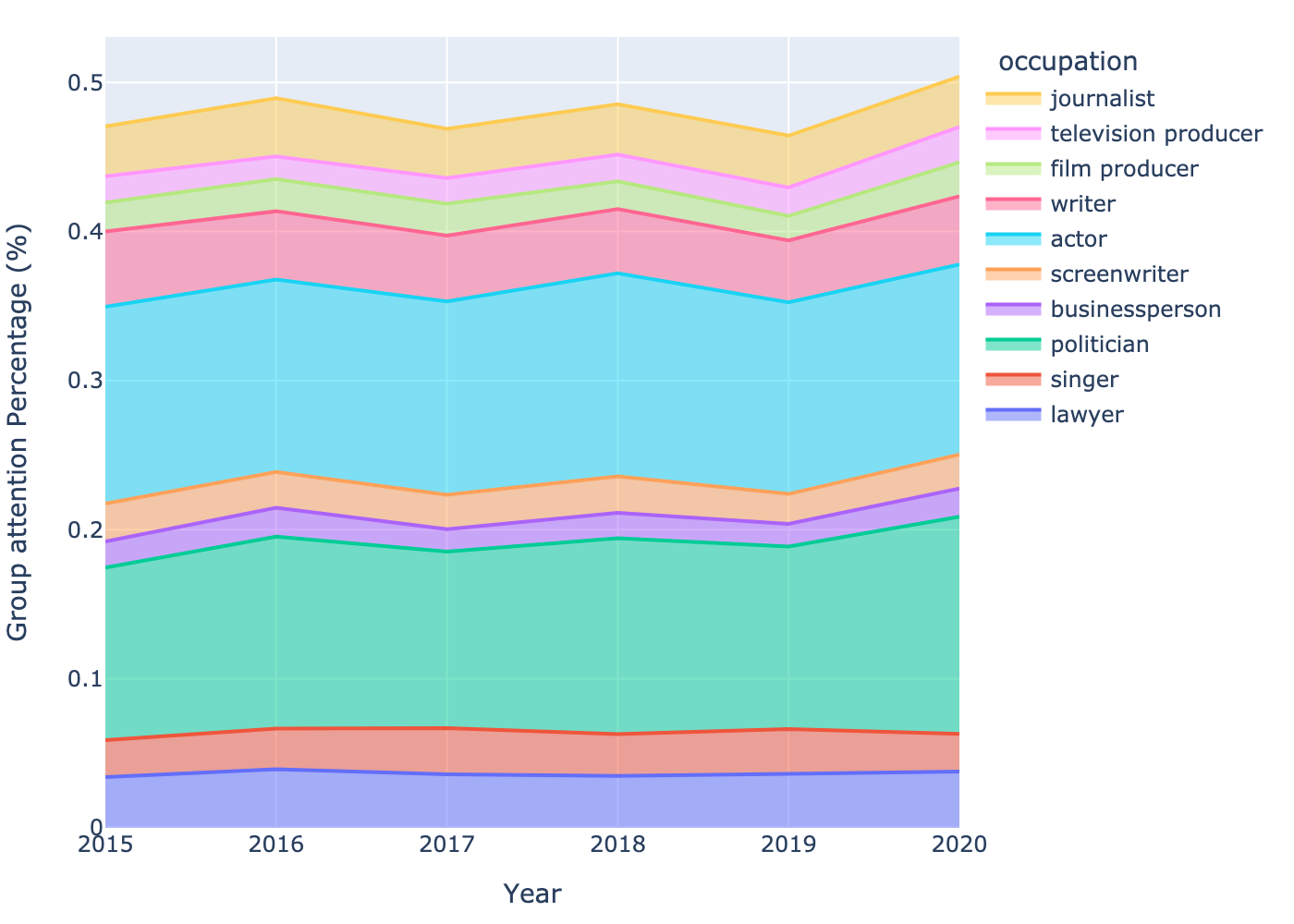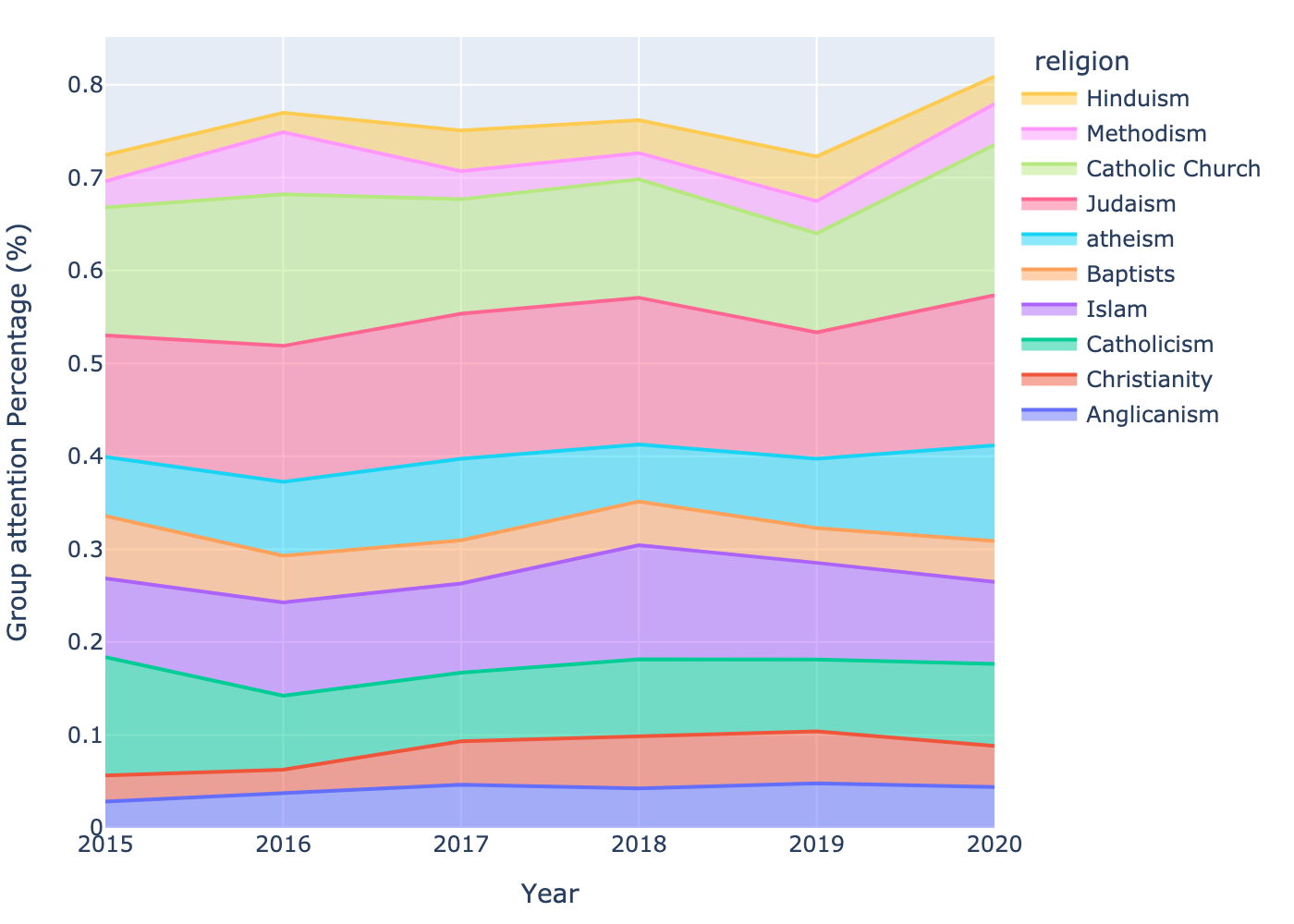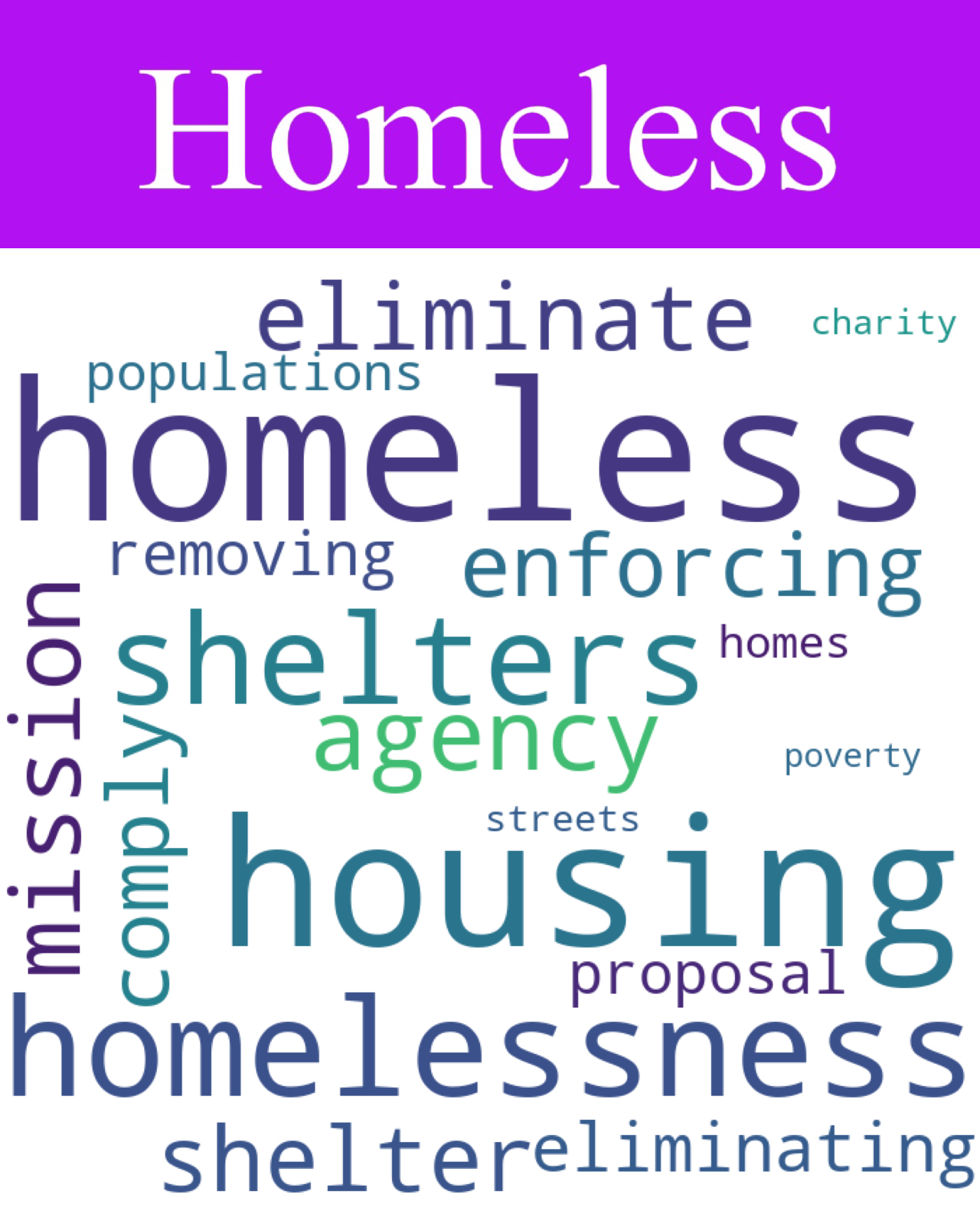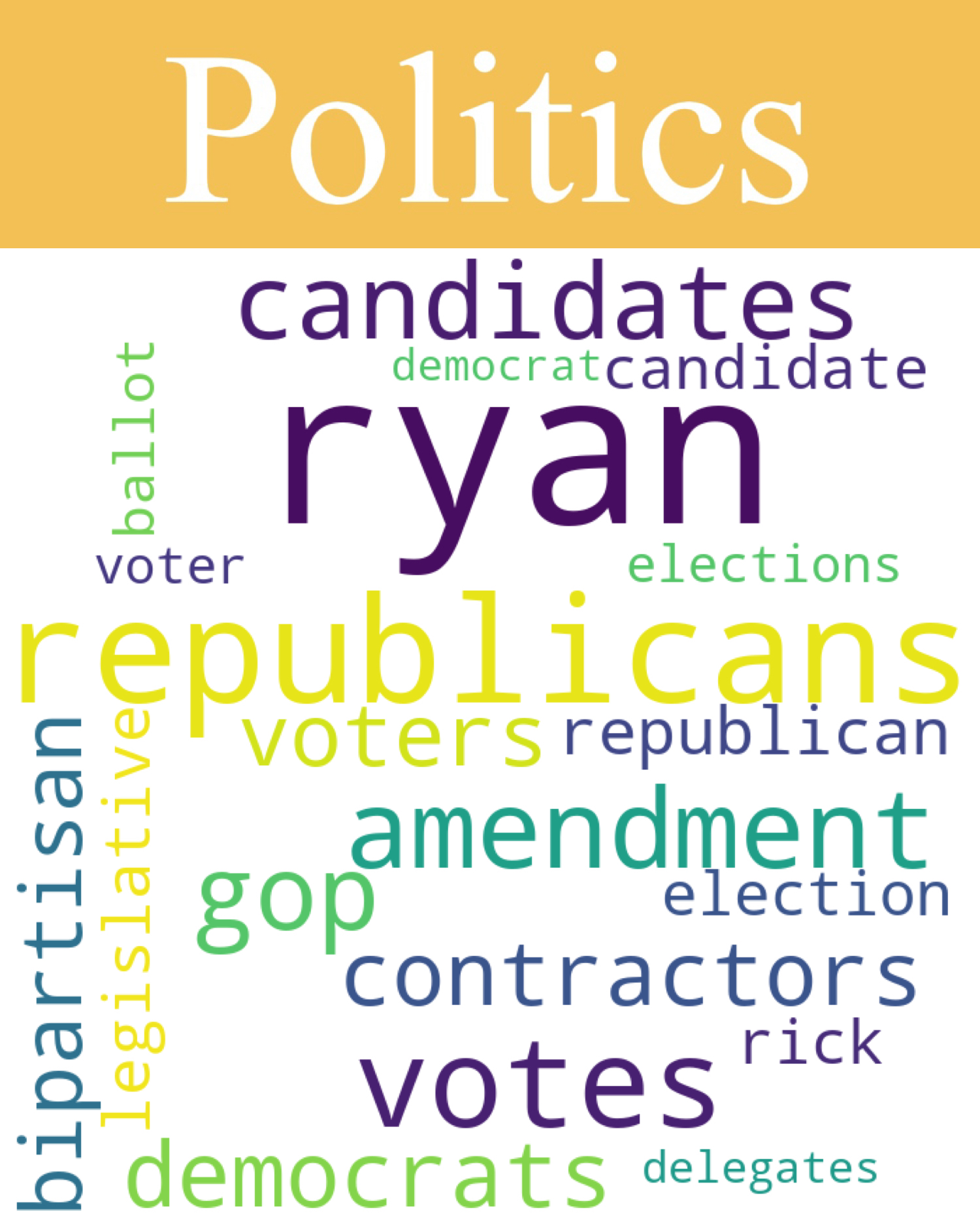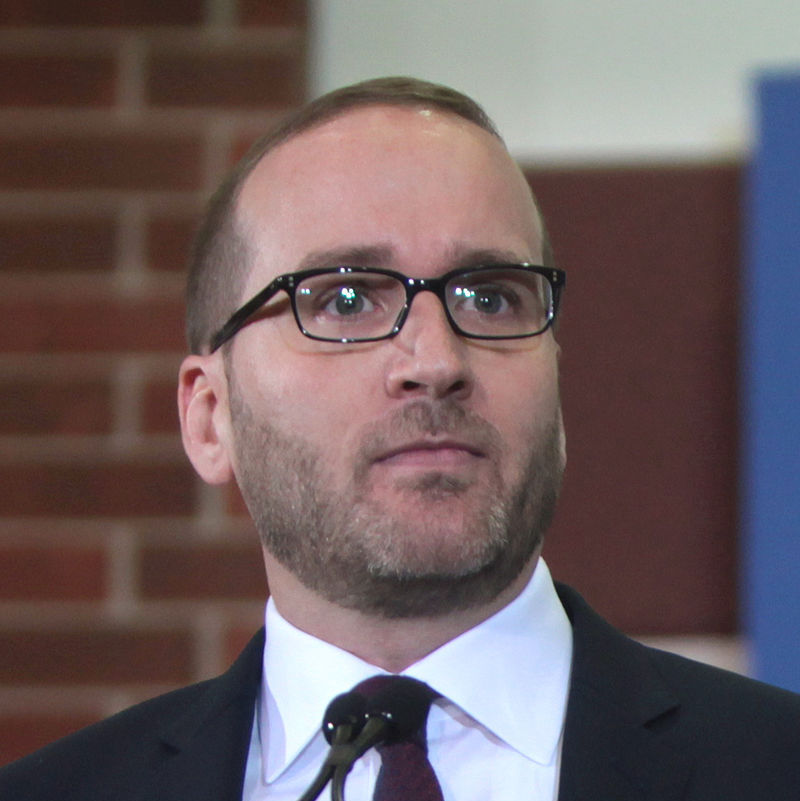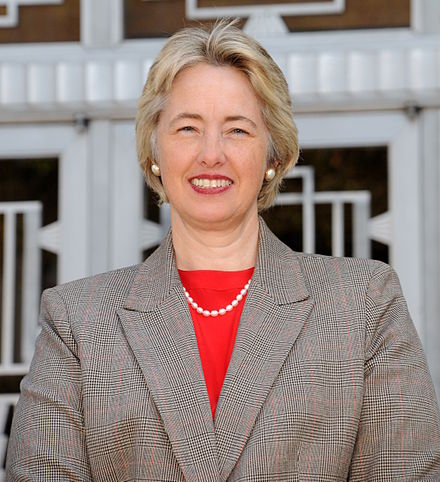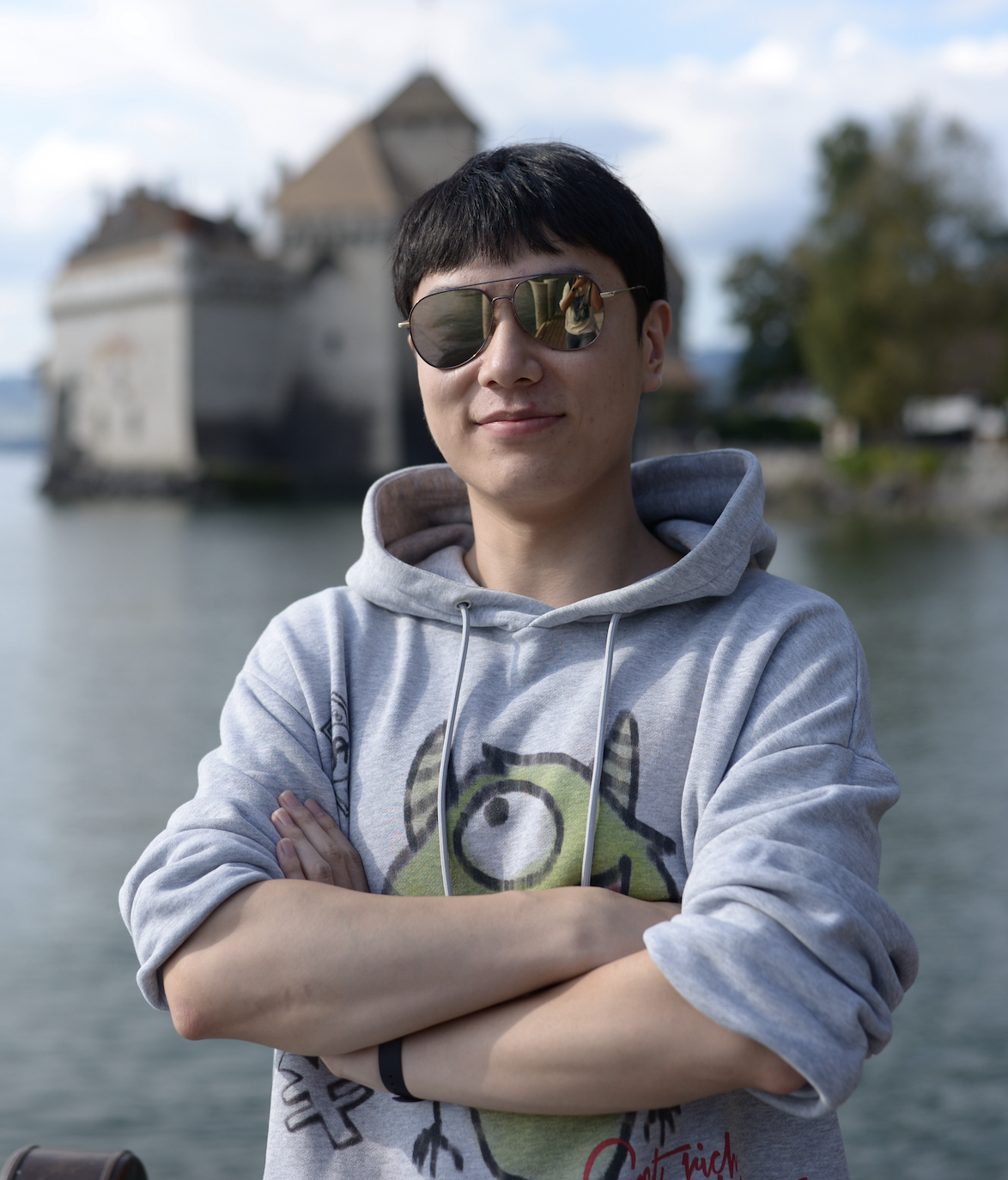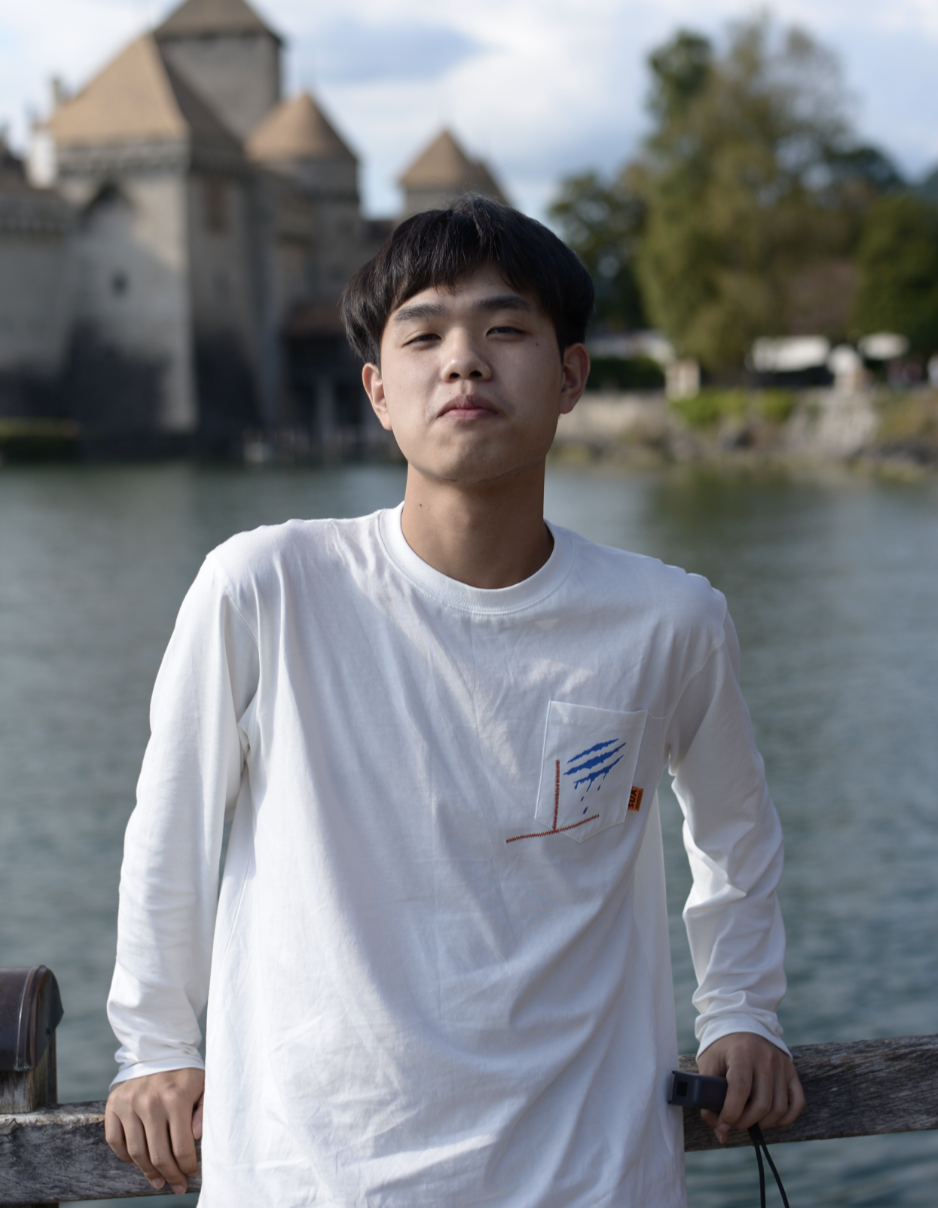LGBTQ data story
It matters to you and me
Do you know how many countries are still criminalizing consensual same-sex activity? Can you imagine being maliciously insulted just for pursuing love? Those are the things LGBTQ people are going through: for instance, only 24% of countries allowed for Same-sex marriage, nearly 95% of countries do not have constitutional protections toward LGBTQ, only 22.1% of countries allowed for Joint Adoption for LGBTQ couples. Therefore, it is meaningful to analyse the reasons behind those phenomenons.
Today we will utilize several datasets to take you deeper into this community, explore the causes of their injustice situation, and study possible ways to create a better world for this minority group.
